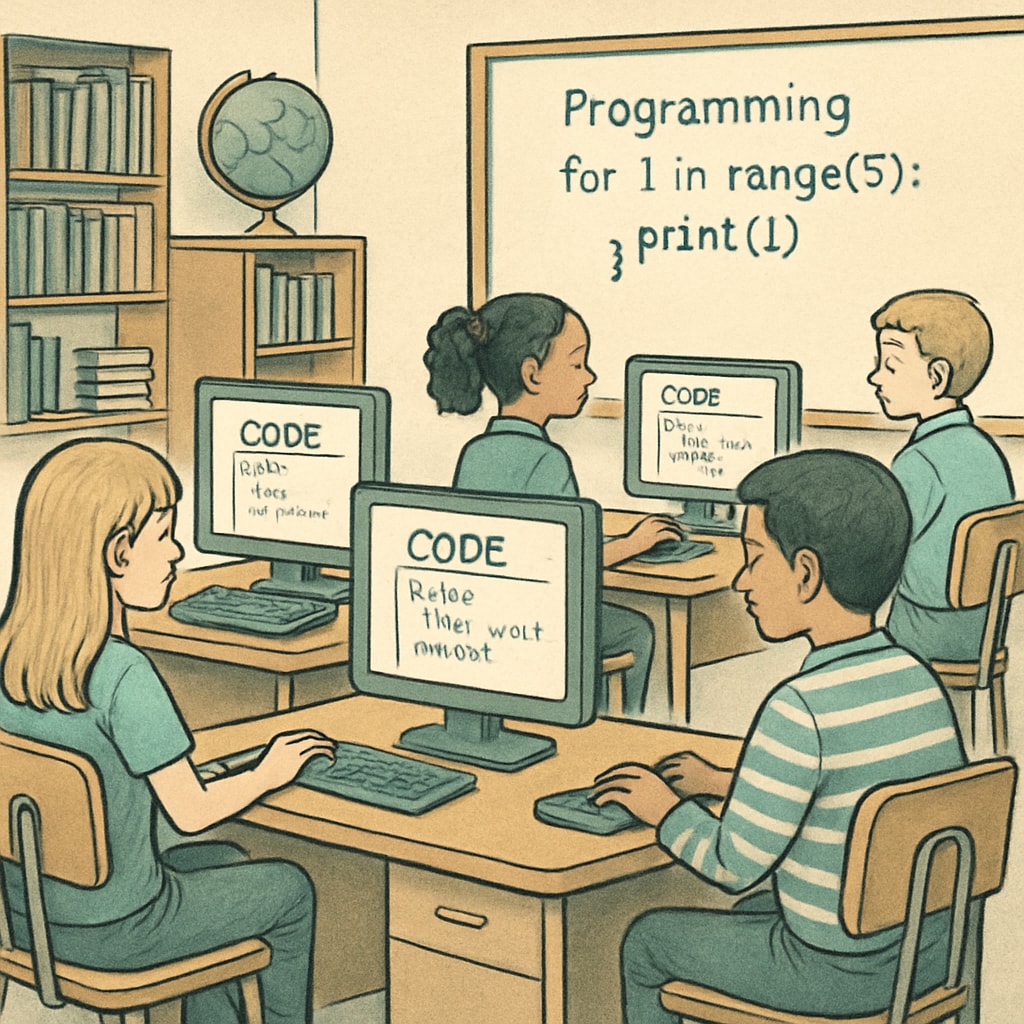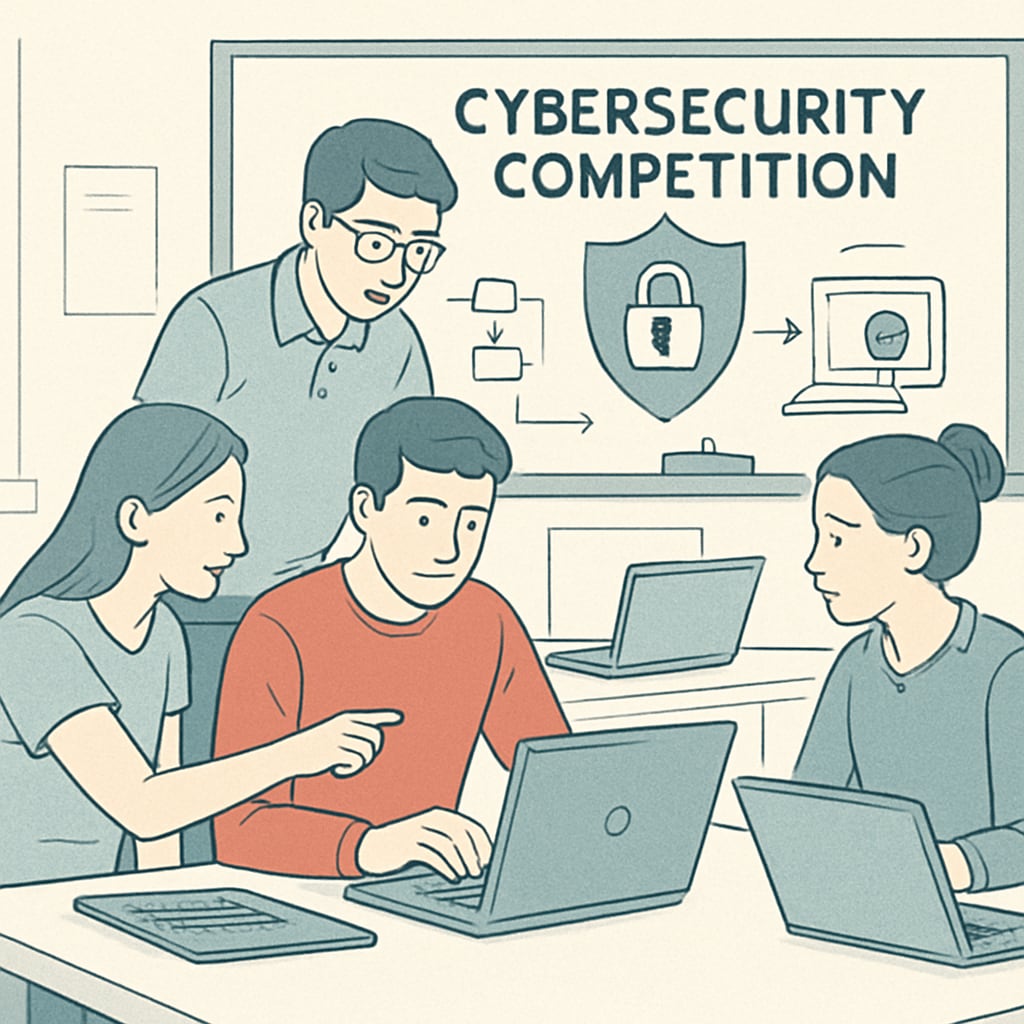The digital revolution has transformed industries globally, making cybersecurity and data science two of the most sought-after career paths. As organizations increasingly rely on technology, the demand for professionals skilled in these fields has skyrocketed. K12 education plays a pivotal role in shaping students’ abilities and interests early on, preparing them for success in cybersecurity and data science. Therefore, understanding these professions and how foundational education can influence career choices is essential.
Building Foundations for Cybersecurity and Data Science Careers
Cybersecurity focuses on protecting systems, networks, and data from cyber threats, while data science involves analyzing complex datasets to extract meaningful insights. These fields may seem distinct, but both require strong problem-solving skills, technical expertise, and analytical thinking. K12 education can help cultivate these abilities through innovative learning methods, ensuring students are equipped for future challenges.
For example, introducing coding courses, robotics programs, and critical thinking workshops during the K12 stage can spark interest in technology-related fields. Additionally, fostering digital literacy and ethical awareness can prepare students for the unique responsibilities associated with cybersecurity and data science.

Why Early Exposure Matters
Early exposure to concepts related to cybersecurity and data science allows students to explore their interests and develop essential skills. For instance, engaging in collaborative projects, such as creating secure web applications or analyzing datasets in school science fairs, can provide hands-on experience. These activities not only build technical expertise but also encourage teamwork and innovation.
Moreover, K12 educators can leverage extracurricular clubs, such as coding groups or cybersecurity competitions, to inspire students. Programs like CyberPatriot CyberPatriot Program and the Congressional App Challenge Congressional App Challenge are excellent resources for schools to introduce these fields in an engaging way.

Skills That Bridge Both Fields
While cybersecurity and data science have unique goals, certain skills overlap between them. For example:
- Programming Skills: Languages like Python are essential in both fields for developing algorithms and securing systems.
- Problem-Solving: The ability to identify solutions to complex technical challenges is invaluable in both domains.
- Mathematical Foundations: Statistics and probability are crucial for data analysis and cryptography.
- Ethical Awareness: Understanding the ethical implications of technology use is equally important in cybersecurity and data science.
By integrating these skills into K12 curricula, educators can ensure students are prepared for diverse career opportunities, whether they pursue cybersecurity or data science.
Making Informed Career Choices
Choosing between cybersecurity and data science ultimately depends on individual interests and strengths. Students who enjoy problem-solving and protecting systems may lean toward cybersecurity, while those interested in uncovering patterns and making data-driven decisions may prefer data science.
K12 education can help students make informed choices by offering career counseling and exposure to professionals in these fields. Guest lectures, internships, and job shadowing provide valuable insights into the day-to-day responsibilities and challenges of these careers. As a result, students can better understand which path aligns with their aspirations.
In conclusion, cybersecurity and data science represent exciting career opportunities in the digital age. By focusing on foundational education during the K12 stage, educators can equip students with the skills and knowledge necessary to thrive in these fields—and help them make informed decisions about their professional futures.
Readability guidance: This article uses short paragraphs, lists, and active voice to improve clarity. Transition words such as “for example,” “moreover,” and “in conclusion” ensure smooth flow between ideas.


